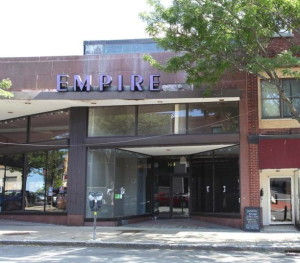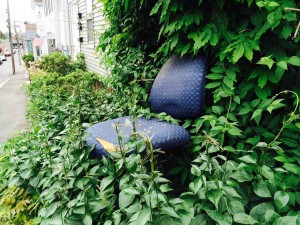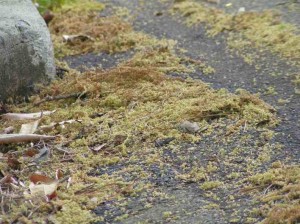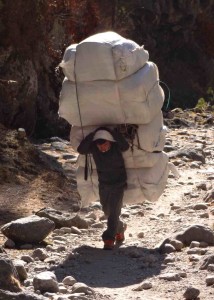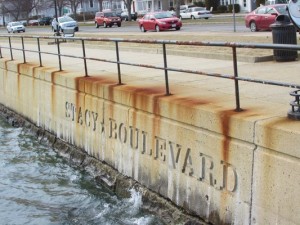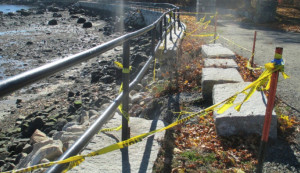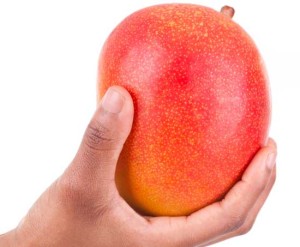With St. Peter’s Fiesta close at hand, The Clam asked some notable figures to name what they like and dislike about Gloucester’s signature summer event. Here are their responses:
Donald Trump
LIKES
Carnival games: An inspirational refresher course in shady business practices
The Greasy Pole: A strategically placed basin hooks him up with enough hair pomade for the rest of the year.
The Mass of St. Peter: The priest has promised that, if he tithes enough, the Church will change the name of that apostle no one remembers to “The Donald.”
DISLIKES
The Blessing of the Fleet: A self-made man depends not on divine intervention, but on loopholes in the tax code.
Seine Boat Races: Similar to the Republican primaries, there’s a lot of jockeying at the start. But, ultimately, they just test the public’s patience while awaiting the main event.
Nightly raffle drawings: It’s practically communism.
Kim Jong-Un
LIKES
The Fiesta 5K: The pained expressions of lean men and women on the move make him nostalgic for the forced marches of his homeland.
70s-era carnival rides: Yet more proof of the inferiority of American structural engineering
Sunday Mass parade: A worthy display of jingoism– though not enough goose-stepping, ICBMs, or throngs of weeping children for his taste.
DISLIKES
The airborne portraits of St. Peter: If he ever finds out who painted the iconography of another man, he’ll feed that individual’s hands to a tiger.
The nightly musical entertainment: Like in all of his public appearances, everyone is just pretending to enjoy it.
Fried dough: It makes him gassy.
Saint Peter
LIKES
The ¾-scale statue of himself that gets lugged around: Christ can sitteth at God’s right hand; Peter much prefers to standeth on the shoulders of strapping Sicilians. Plus, it really does justice to his cheekbones.
The Seine Boat Races: Strip away the halo and all the pomp, and at heart he’s just a hardworking fisherman from Galilee.
His cut from the $60 membership dues at St. Peter’s Club: Life gets expensive when you have a standing poker engagement with an omniscient being.
DISLIKES
The “Viva” chant: He’s got the eternal life thing locked down. How about “Nice pecs, San Pietro!” instead?
Milling around St. Peter’s Square: With beards and sandals enjoying a moment, he’s constantly mistaken for an art student at Montserrat.
The pirate ship carnival ride: Gravity + flowing robes = Another prominent Church official on the sex offender registry.







